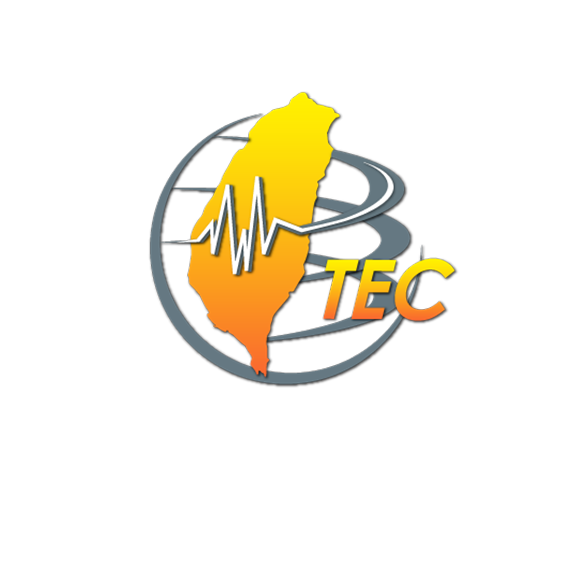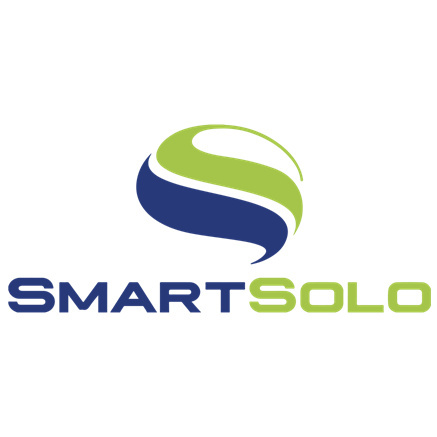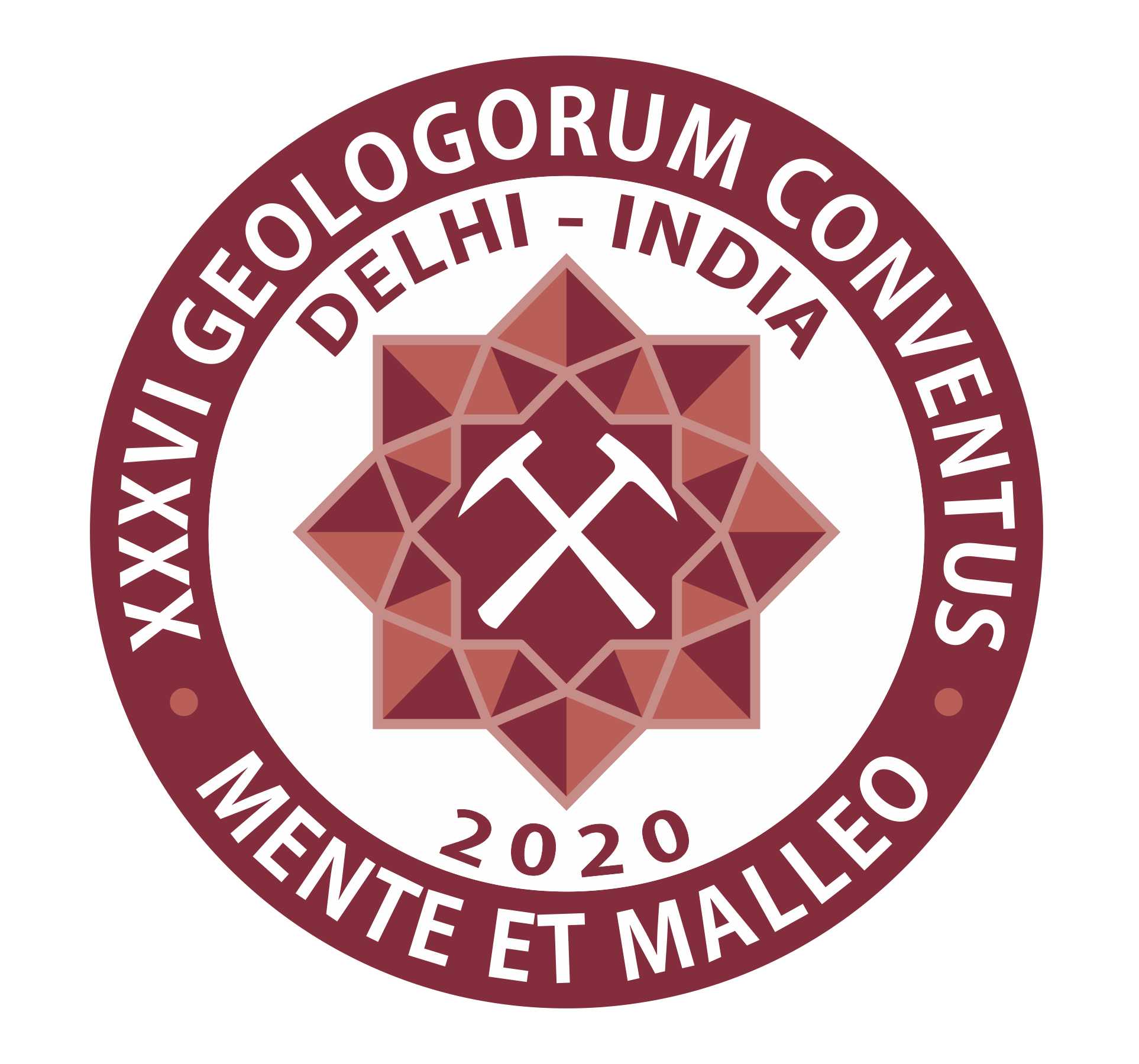View Photo Gallery
View Results
View Results
Program Book
Innovation Theatre
The "Innovation Theatre" is a complimentary presentation by Exhibitors for AOGS attendees to watch some of our Exhibitors and Sponsors showcase their products and services. It is so that you can share knowledge about crucial developments in your products. 9 Sessions only, first-come-first-served basis.
The Innovation Theatre will be located at the Exhibition area of AOGS2019.
| Mon-29 Jul 2019 | 6:45pm to 7:15pm | Earth Science Research Promotion Center & TAO Journal |
| 7:30pm to 8pm | Taiwan Earthquake Research Center | |
| Tue-30 Jul 2019 | 10:30am to 11am | METER Group, Inc. USA |
| 3:30pm to 4pm | Nanometrics Inc | |
| Wed-31 Jul 2019 | 10:30am to 11am | Springer Nature |
| 3:30pm to 4pm | Dynamics Technologies DTCC | |
| Thu-01 Aug 2019 | 10:30am to 11am | LI-COR Biosciences |
| 3:30pm to 4pm | National Institute of Information and Communications Technology | |
| Fri-02 Aug 2019 | 10:30am to 11am | 36Th International Geological Congress 2020, New Delhi, India |
| Earth Science Research Promotion Center & TAO Journal Mon-29 Jul 2019 6:45pm-7:15pm (Session 1) |
|
 |
“Integrating Geophysical Data for Building the Apparent Geological Models” We used the resistivity measurements to establish three-dimensional (3D) hydrogeological apparent models. Core records from the monitoring wells in the area were used for the training data to help determining the resistivity ranges of the gavel, sand, and muddy sediments in the fan-delta. The resistivity measurements were inverted and converted into 1-D data form and interpolated for rendering a three dimensional resistivity volume that represents the general resistivity distribution in the fan-delta systems. Water resistiviy data from the observation wells were used for calculating the formation factors (FI) within the models. We compared the FIs with indexed core records near some of the resistivity surveys sites and concluded the range of the FIs for different materials in a statistical sense. Lastly we transfer the resistivity models into the gravel-sand-clay geological models with the computed formation factors. Since the spatial distribution of non-invasive resistivity measurements is more dense than the locations of geological cores. These “apparent” models are better to represent the detailed sedimentary structures than the traditional over-simplified conceptual models built from only the correlations of core records. Hence we are able to quickly construct the 3D discretized apparent models with three geologic materials for further modeling purposes. “Reconstructing the Tsunami Sources of 2018 Palu Tsunami Event” The tsunami in the event of 2018 Sulawesi earthquake and tsunami (SET) occurred after an earthquake of magnitude 7.5. However, it is very difficult for such an earthquake to trigger a tsunami with 10-m flood depth. The causes of this tsunami event remain unknown. A submarine landslide, an additional seabed vertical displacement, and seiche effect may play roles. To gain a deeper understanding of this tsunami event, finding the location of the tsunami source is especially important. We developed two new tsunami analysis methods, impact intensity analysis method (IIA) to analyze the tsunami source in the SET event. The IIA method can quickly filter out the areas with low impacts of the tsunami sources and effectively reduce the number of tsunami scenarios. In this study, we perform different scenarios by simulating the tsunamis generated by the earthquake, seiche, and in-the-bay landslides. The earthquake scenario results show that the wave height contributed by the earthquake is less than 0.3 m, which is far away from the field survey. The IIA is then used to reduce the number of the scenarios. From both of the IIA results of Palu and Pantoloan, the possible tsunami sources are located either inside the Palu Bay or around the bay mouth. Based on the tidal gauge data at Pantoloan and the tsunami arrival time from BMGK, the precise location of the tsunami source is spotted. We further created several scenarios which satisfied most of the data we collected, such as the Pantoloan gauge record, Palu inundation area, and flooding depth from the field survey along the Palu Bay. The detailed results will be presented in the full paper. |
|
Taiwan Earthquake Research Center Mon-29 Jul 2019 7:30pm-8pm (Session 2) |
|
 |
“Innovative Earthquake Science and Technologies Developed in Taiwan: Taiwan Earthquake Research Center (TEC) and Earthquake- Disaster & Risk Evaluation and Management (E-DREaM) Center” Chung-Han CHAN
In the past decade, the Taiwan Earthquake Research Center (TEC) has promoted a series of studies on real-time seismology, earthquake early warning (EEW) and seismic hazard and risk analysis with support from the Minister of Science and Technology (MOST). An automated near real-time moment tensor monitoring system (RMT) has been constructed to monitor the seismic activity by taking advantage of a grid-based moment tensor inversion technique and long-period broadband seismic recordings. The P-Alert, a MEMS accelerometer for on-site earthquake early warning, has been widely deployed island-wide in Taiwan. It can detect first P-wave arrival and provide an alert with predicted intensity when the amplitude of vertical P-wave is over a threshold. This EEW system is not only providing the on-site EEW but also reinforce the earthquake disaster prevention education. |
| METER Group, Inc. USA Tue-30 Jul 2019 10:30am-11am (Session 3) |
|
 |
"Cloud-Based Automatic Weather Stations for Geospatial Climate Mapping" As human populations grow and with the advent of climate change, there is an increasing need to have more localized and accurate weather and climate data. Traditional municipal and regional weather stations are often sparsely located and therefore don’t provide enough useful data for localized accurate climate modelling or irrigation scheduling. METER’s low-cost ATMOS 41 automated weather station allows researchers to accurately monitor the climate in more areas, including remote locations that don’t have mains power. Paired with METER’s cloud-connected, solar-powered ZL6 data logger, the ATMOS 41 gives you near real-time climate data, and it has no moving parts, which means fewer maintenance problems. |
| Nanometrics Inc Tue-30 Jul 2019 3:30pm-4pm (Session 4) |
|
 |
"Pegasus Data Acquisition" Pegasus Data Acquisition System - a Revolutionary New Ecosystem for Portable Monitoring Campaigns |
| Springer Nature Wed-31 Jul 2019 10:30am to 11am (Session 5) |
|
 |
“Topical Collections – How To?” Topical collections are very important for journals to attract readers but also authors that can cite the articles published in collections. They summarize the current research or give a deeper insight on a specific topic. The visibility of the topic, the journal and the authors of the collection are getting increased. But what are the differences between topical collections, special issues and article collections? How can an idea for a topical collection become a published collection? Where can I find help to found an open access topical collection? That will be topics included in the presentation. |
| LI-COR Biosciences Wed-31 Jul 2019< 10:30am-11am (Session 7) |
|
 |
"New High-Precision CO2 and CH4 Analyzers For Multiple Applications" LI-COR Biosciences manufactures instrumentation for environmental research, including systems that measure greenhouse gas emissions from soils. In 2018, LI-COR released two new laser-based, high precision analyzers for greenhouse gas measurements - the LI-7810 CH4/CO2/H2O Gas Analyzer and LI-7815 CO2/H2O Gas Analyzer. The analyzers incorporate Optical Feedback – Cavity Enhanced Absorption Spectroscopy (OF-CEAS), in a design and implementation allowing them to be used in a multitude of methods and approaches including the following:
This presentation will describe key instrument principles and elements of the design, and show laboratory and field results on CH4 and on CO2 from the new LI-7810 CH4/CO2/H2O Gas Analyzer and LI-7815 CO2/H2O Gas Analyzer. This includes an introduction to the technology behind the instruments, as well as data including mean atmospheric concentrations tests, long-term soil flux measurements and survey soil flux measurements. |
| National Institute of Information and Communications Technology Thu-01 Aug 2019 3:30pm to 4pm (Session 8) |
|
 |
"The Activity of Asia-Oceania Space Weather Alliance (AOSWA)" AOSWA has established on 2010 for information exchange among space weather organizations in Asia Oceania region. Now 27 organizations from 13 countries and regions are participated in AOSWA. We have five face-to-face meeting in Thailand, China, Japan, Korea and Indonesia since 2012 for discussing data sharing, research to operation for improving space weather research activities. |
| Dynamics Technologies DTCC Fri-02 Aug 2019 10:30am to 11am (Session 9) |
|
 |
"High Reliability, High Uniformity Seismic Nodes" Super reliable SmartSolo sensor features low frequency performance, smaller crew size, less man power, and simpler equipment. |
| 36Th International Geological Congress 2020, New Delhi, India Fri-02 Aug 2019 10:30am to 11am (Session 9) |
|
 |
|


